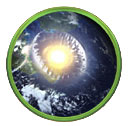 | Asteroid - Oct. 2006
Will a doomsday rock the size of the Rose Bowl hit Earth in 2036? | |
 | Bird Brains - July 2008
Clues to the origins of human language are turning up in the brains of birds. | |
 | Booming Sands - Jan. 2005
Scientists look into a generations-old conundrum: how and why do certain sand dunes produce mysterious noises? | |
 | Capturing Carbon - July 2008
An 8th-grader's science project prompts her scientist father to develop a new way to pull excess CO2 out of the atmosphere. | |
 | Diamond Factory - June 2009
Visit a laboratory where entrepreneurs are growing perfectly pure diamonds. | |
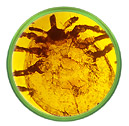 | Dinosaur Plague - July 2009
Insects caught in amber spark a controversial theory about what killed the dinosaurs. | |
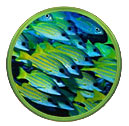 | Emergence - July 2007
How does the "intelligence" of an ant colony or the stock market arise out of the simple actions of its members? | |
 | Fastest Glacier - July 2005
A glacier moving way too fast reveals how unpredictable the effects of global warming can be. | |
 | First Primates - July 2008
Our most distant primate ancestors, which took the stage shortly after the dinosaurs left it, were tree-dwellers the size of mice. | |
 | Frozen Frogs - Apr. 2005
The common wood frog freezes solid every winter and then, come spring, defrosts and mates. | |
 | Hurricane Katrina - Oct. 2005
Our January 2005 segment on New Orleans' risk from hurricanes proved sadly prescient, as this update reveals. | |
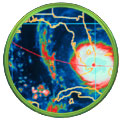 | Hurricanes - Jan. 2005
Predicting a hurricane's intensity is notoriously difficult, but new tools may make it easier. | |
 | Ivory-Billed Woodpecker - Jan. 2006
An enchanting bird believed extinct mysteriously reappears ... maybe. | |
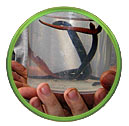 | Leeches - July 2008
A century after falling out of favor among doctors, medicinal leeches are back in hospitals, sucking away on patients' wounds. | |
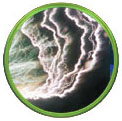 | Lightning - Oct. 2005
Experts still aren't sure what triggers it, but they suspect cosmic rays from outer space. | |
 | Little People of Flores - Apr. 2005
The remains of three-foot-tall humans are discovered on a remote Indonesian island. | |
 | Mammoth Mystery - July 2008
A pair of mammoth skeletons is found locked together by their tusks. What happened? | |
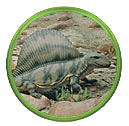 | Mass Extinction - Nov. 2006
What caused the mother of all extinctions 250 million years ago? | |
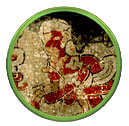 | Maya - Jan. 2007
NASA archeologists use satellites to pinpoint ancient ruins buried deep in the jungle. | |
 | Papyrus - Nov. 2006
Scraps of writings from a garbage dump in ancient Egypt reveal what life was like 2,000 years ago. | |
 | Profile: Julie Schablitsky - July 2007
Meet an archeologist who is helping to rewrite the history of the Old West. | |
 | Profile: Edith Widder - July 2008
Meet a marine biologist and explorer who has engineered new ways to spy on deep-sea creatures. | |
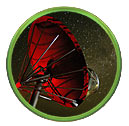 | The Search for ET - July 2008
Astronomers have their radio telescopes tuned to receive signals from alien worlds. But is anybody out there? | |
 | Secrets in the Salt - July 2009
Salt deposits that formed 250 million years ago hold tantalizing hints of early life. | |
 | Smart Sea Lions and Talking Walruses - July 2009
Marine mammals are wowing researchers with more than just circus tricks. | |
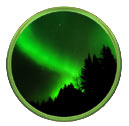 | Space Storms - July 2008
Behind the dazzling display of the aurora borealis are space storms that could turn the lights off here on Earth. | |
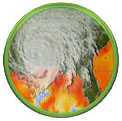 | Stronger Hurricanes - Jan. 2006
Is global warming making hurricanes more intense? | |
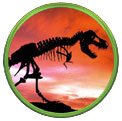 | T. Rex - Apr. 2005
An astonishing adolescent growth spurt accounts for T. rex's enormous size. | |
 | T. Rex Blood? - July 2007
Preserved soft tissue, including possible blood vessels and red blood cells, are turning up in dinosaur fossils. | |





























